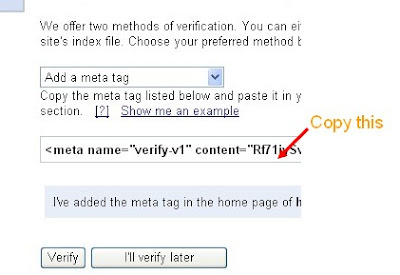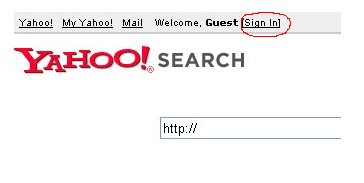Some useful information on Backlinks.
If a backlink points at a website that is relevant to the site it comes from, it would make it a better backlink. A dog owner’s website pointing at a pet website is probably okay, but a building company’s website pointing at a computer manufacturing website is not.
Creating backlinks
Backlinks can be created online in a number of places. You could reply to threads on forums, write articles or write blogs. All these methods allow you to place backlinks in your signature at the end of your post, thus creating backlinks. If you are serious about ranking, well, you must not ignore backlinks in Google and other search engines.
If you’ve done any research on search engine optimization, you would have in all probabilities come across the term backlink. Backlinks are hyperlinks found in other sites that point to your website. Google and other search engines use these links to determine the importance of your website. Let’s, for example, consider the search term “click here”. If you perform this search on Google, you’ll find that Adobe Acrobat Reader’s website is listed first in the hierarchical order of listing. How can this be possible? Let’s see below.
If you open Adobe Reader’s site and search for the term “click here”, it’s unlikely that you’ll find it. The reason then why search engines think this is most relevant site is owing to the fact that websites all over the planet point a backlink to this site with the anchor text “click here”. The anchor text is the wording that the user sees over a hyperlink. With millions of websites pointing to Acrobat Reader for this keyword (search term), search engines rank Adobe Reader’s site incredibly highly for this keyword.
Good Quality Backlinks
The above example would have illustrated to you the importance of backlinks. However, there can be significant differences in the qualities of backlinks. Backlinks that come from pages that Google considers important (those with a high page rank) are more important than those that Google doesn’t consider important. If you could get a backlink from the BBC website or Wiki, that would be a great quality backlink.
Getting lots of backlinks is probably a good idea too, but the general consensus is that a combination of high quality and high quantity works best.
If you open Adobe Reader’s site and search for the term “click here”, it’s unlikely that you’ll find it. The reason then why search engines think this is most relevant site is owing to the fact that websites all over the planet point a backlink to this site with the anchor text “click here”. The anchor text is the wording that the user sees over a hyperlink. With millions of websites pointing to Acrobat Reader for this keyword (search term), search engines rank Adobe Reader’s site incredibly highly for this keyword.
Good Quality Backlinks
The above example would have illustrated to you the importance of backlinks. However, there can be significant differences in the qualities of backlinks. Backlinks that come from pages that Google considers important (those with a high page rank) are more important than those that Google doesn’t consider important. If you could get a backlink from the BBC website or Wiki, that would be a great quality backlink.
Getting lots of backlinks is probably a good idea too, but the general consensus is that a combination of high quality and high quantity works best.
If a backlink points at a website that is relevant to the site it comes from, it would make it a better backlink. A dog owner’s website pointing at a pet website is probably okay, but a building company’s website pointing at a computer manufacturing website is not.
Creating backlinks
Backlinks can be created online in a number of places. You could reply to threads on forums, write articles or write blogs. All these methods allow you to place backlinks in your signature at the end of your post, thus creating backlinks. If you are serious about ranking, well, you must not ignore backlinks in Google and other search engines.









































 Next,you will get a message saying that
Next,you will get a message saying that 





























